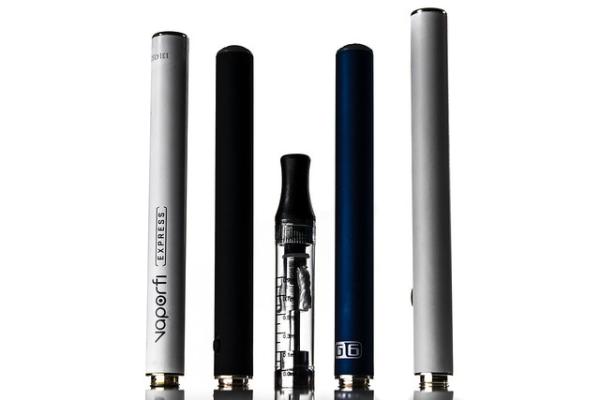E-cigarettes remain controversial, but as a physician, I see them as a bridge from inhaling burning tobacco to being rid of the habit altogether. For those already smoking, it is a lesser evil, for those not smoking at all, and this applies mostly to adolescents and young adults, it is a greater evil. Context changes the equation. A new paper looks at the group actually using e-cigarettes and their intentions to quit and challenges some of my beliefs.
The study is drawn from the Population Assessment of Tobacco and Health (PATH) Study a national effort looking at current smokers. The study group was about 1700 current e-cigarette users. In alignment with the mainstream media’s reporting, the group is slightly more male (56%), half are between 18 and 34, and the majority, 82%, Caucasian. What is more problematic is than slightly over half, 54%, were concurrently smoking traditional light ’em up tobacco along with their e-cigarette usage.
In keeping with my idea that e-cigarettes were a bridge to a healthier respiratory tract, almost two-thirds planned on ending their use of e-cigarettes – in the future. In an excellent example of temporal discounting, the “I’ll gladly pay you next week for a hamburger I can eat today,” 8% planned on making the change in the next week or month, 13% within the next six months, and a third within a year.
It may prove more challenging to quit those e-cigarettes than we had hoped. We do not know the number of individuals that did successfully use e-cigarettes as a bridge to being free of both traditional and e-cigarettes. What the survey did find is that about a quarter of the current e-cigarette users had already made at least one attempt to quit in the past year; half going “cold turkey,” the other half “cutting down.” And like individuals smoking traditional cigarettes, they made use of family support, counseling, and interestingly enough, nicotine replacement therapies.
My theory that e-cigarettes are the bridge for traditional smokers to a healthier life has not proven to work out as I had hoped. It appears that for some, e-cigarettes serve as a more socially acceptable substitute rather than a step in recovery – look at that 54% dual use. And while a majority of e-cigarette users are going to quit, it may prove more complicated than they or I thought.
E-cigarettes are a useful bridge, 40% of individuals can use e-cigarettes as a path away from smoking, as compared to 14% of smokers who pursued other means. E-cigarettes appear to be more effective than other nicotine replacement or counseling approaches. But they are not a short-cut to cessation, most successful non-smokers took several years of e-cigarettes to finally quit. [1]
The most effective means of smoking cessation is not to begin. Are e-cigarettes a useful therapeutic tool for those motivated to stop inhaling tobacco? Absolutely. But they are not a panacea. In the last few months, JUUL, the e-cigarette bad boy, has prominently notified its users that nicotine is an addictive substance. Why are we trading one addiction for another? Wouldn’t it be better not to begin addictive behaviors? We need to start to find out how good a bridge to recovery e-cigarettes can be, not just for those using traditional tobacco products, but for those whose smoking is only vaping.
[1] Long-term e-cigarette use and smoking cessation: a longitudinal study with US population Tobacco Control DOI: 10.1136/tobaccocontrol-2016-053096
Source: Interest in Quitting E-cigarettes Among Adults in the United States Nicotine and Tobacco Research DOI: 10.1093/ntr/ntz062




